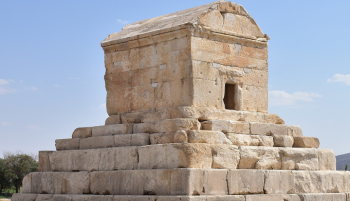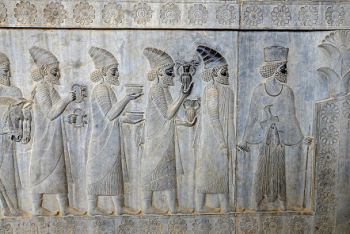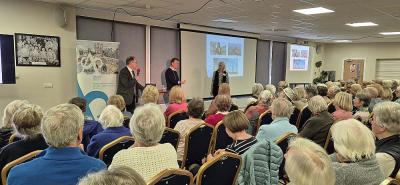
|
Review of the lecture, by Professor Robert Gurney.
What did the Persians ever do for us? The Arts Society Henley heard this at our last lecture about Persepolis and the Persian Empire. The answer includes trousers, modern coinage, many aspects of algebra and trunk roads. The Persian Empire was at its peak from 550-330BC, with Persepolis as its ceremonial capital. Unlike earlier empires like the Assyrians, they ruled more by consent than force, and much of the Near East was included in the Empire. The Persians were originally partly nomadic, and were great horsemen, and the economy and horsemanship was reflected in the art at Persepolis. Persepolis was burnt by Alexander the Great in 330 BC, and then not built on, so much of the bas relief carving and similar art survives. The Persian Empire persisted in reduced form later, managing to resist the Roman Empire, and indeed is represented today with modern Iran. The lecturer, James Renshaw, teaches classics, and was able not only to tell the story of the Empire, but also to put it in context over the centuries, including in the Bible, where Cyrus is mentioned in the Old Testament and called the Blessed for freeing the Jews and allowing them to return to Israel and Judah. ~~~~~~~~~~~~~~~~~~~~~~~~~~~~~~~~~~~~~~~~~~~
The Persian empire exploded into life during the middle of the 6th century BC and was the largest empire in the world for the next two centuries.
 It stretched from the Mediterranean in the west to the Indus valley in the east, from the Eurasian steppes in the north to Egypt and Arabia in the south. In around 515, its third Great King, Darius I, commissioned the building of a new city, Persepolis, with his palace at its centre. We know a great deal about this palace, and one of its central features, the Apadana Staircase, can be seen in replica in the British Museum. What can this palace and its art tell us about the ideology of this extraordinary and influential empire?
 (Please click on the blue print above to continue reading)
|
|


